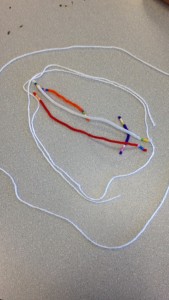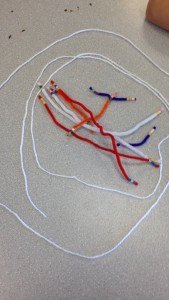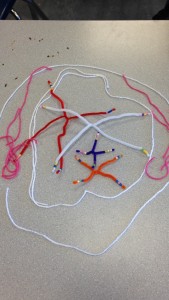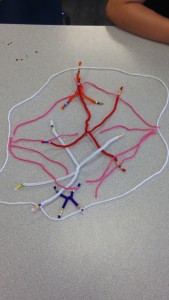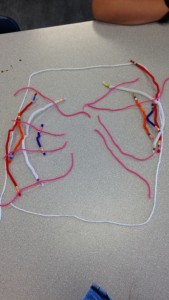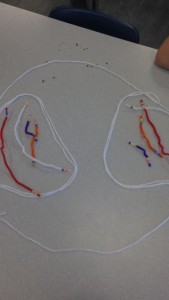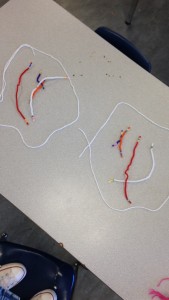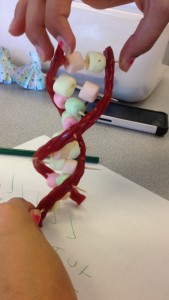Yesterday we had a Google hangout with a Ph.D student from Western Ontario named Tanya Harrison.

She works with the Mars rover and has a specialty of photography in that area. I really wanted to know what it was like working on the rover process. She responded saying that it was very stressful and busy. There are quite a few people doing work in their own area and the work days aren’t your typical 9-5 hours. They work on what called “Mars Time”. You work on the timeline of Mars, and since it has a different amount of time, each work day shifts a few hours, sometimes into the morning so you could be working from 2 am to 2pm. Tanya said that some shifts are as long as 14 hours! This makes things very stressful because there is no guarantee of the hours that you are working. I also asked how the environment made her feel and she again responded with busy and stressful but she overall likes it because she’s doing what she loves. Here is the video :




